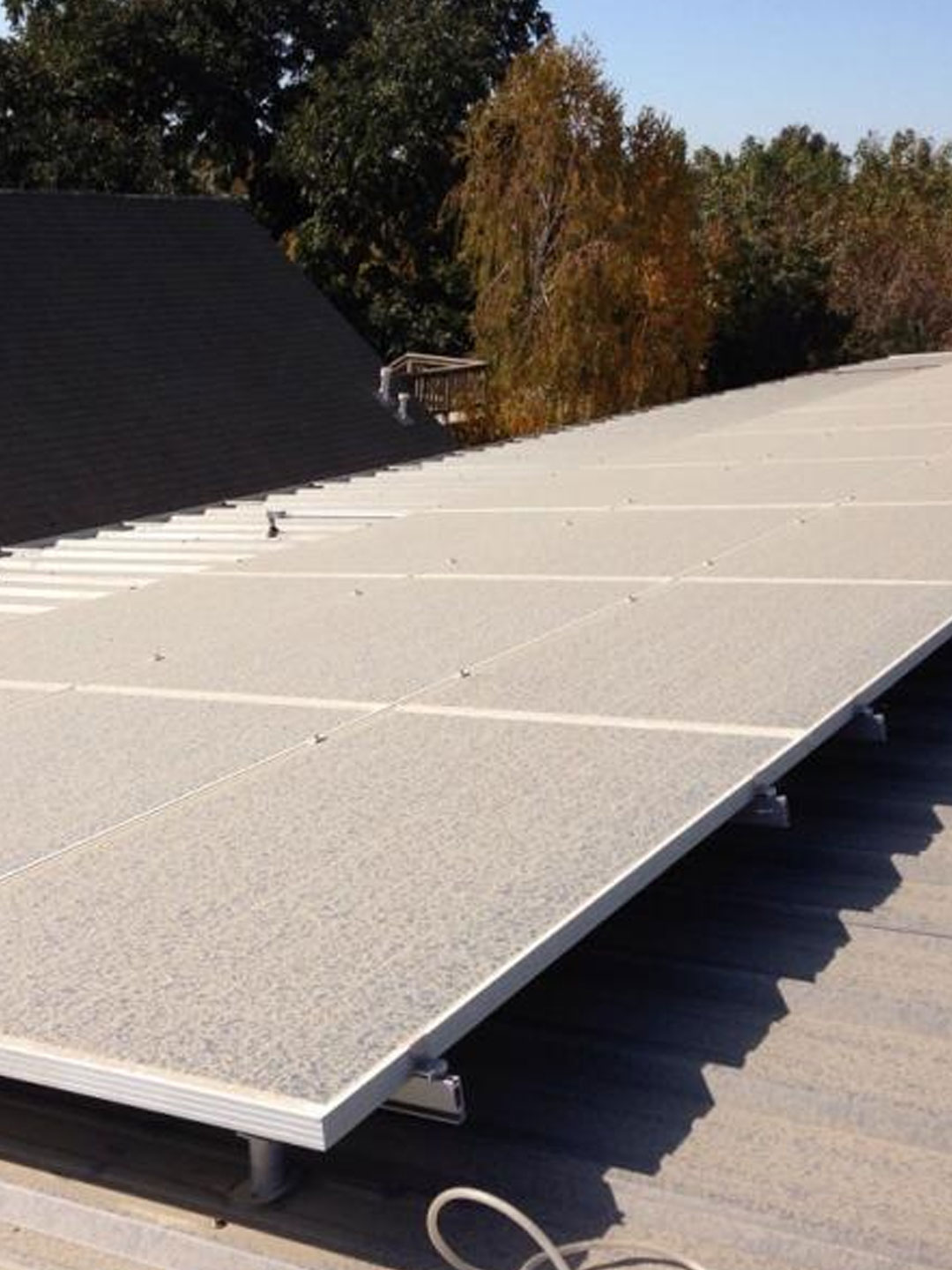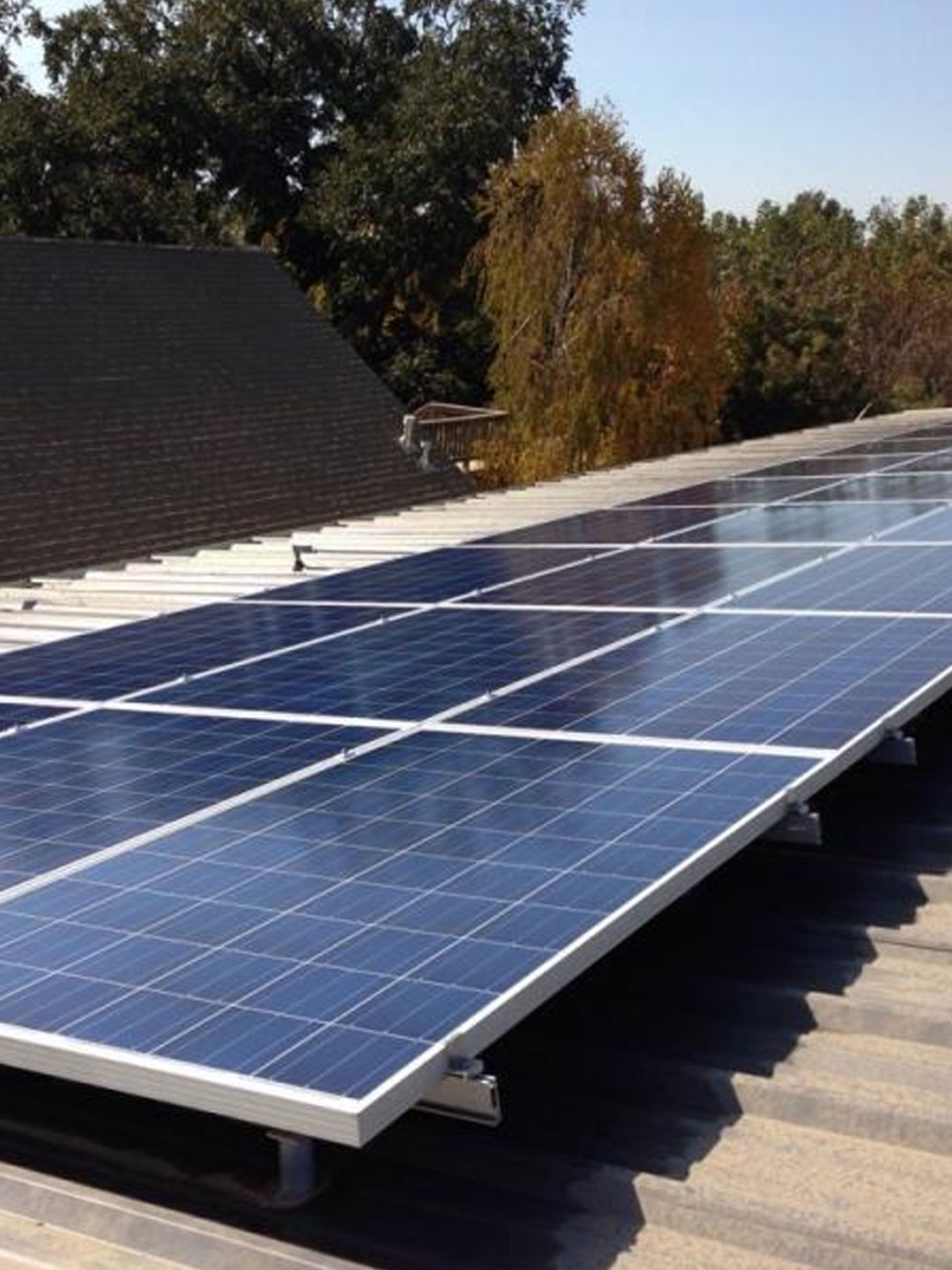Get In Touch... 0497 347 456
Solar Wash Bendigo
Frequency for solar panel cleaning in Australia is not set in stone, but generally, residential solar panels need cleaning every 6-12 months.
When was the last time you cleaned your solar panels?
Maximize energy production
Increase the lifespan of your system
Lower your energy bill
Inspections
Is your solar system was not performing to expected levels but there are no obvious signs of damage to the naked eye?
Have you had a major hailstorm hit your property and need reassurance? Has your insurance company has requested a comprehensive report on potential damage?
Our thermal imaging camera is extremely sensitive and can identify hail damage, heat spots, unseen panel damage and poor performing panels.
Cleaning
Just like your car or any other major appliance, solar installations require an annual inspection and clean to ensure they are operating as designed.
Anything preventing sunlight from entering the solar cells in a panel will reduce the capacity of those cells to perform at their maximum efficiency.
Almost all solar panel manufacturers publish owner's obligations for regular inspections and cleaning in their operation manuals and warranty documents.
Inspections
Our Visual and Thermal Imaging inspection report identifies irregularities in panels as well as confirming the integrity of your system and its components.
Thermal Imaging can detect equipment faults not visible to the naked eye and is an effective method for finding problems before they become dangerous – and costly.
It's become commonplace for insurance companies to recommend thermal imaging being completed regularly. At Solar Wash, we analyse your equipment, but don't have the conflict of interest of fixing faults we find.
Thermal Imaging, if done correctly, can very accurately indicate faults in your solar panels that could lead to costly repairs if not corrected.
These faults may include the following:
It is the junction point of the cables connecting the photovoltaic panels in series with each other and the cables going outside. In this box, the ribbons/conductors coming from the cells are connected to the panel cables to the terminals. The junction box is a kind of terminal box. There are also fuses and bypass diodes inside this box.
Junction boxes, which are manufactured resistant to outdoor conditions, are adhered to the back surface of the panel with chemicals and have an openable cover on top.
When the diodes burn out, this cover can be opened for repair and measurement. At the same time, the heat of the junction box can be seen from the panel surface in case of malfunction. Detecting junction box faults in the early stages is important in preventing the risk of fire.
Module anomalies caused by cracks in the module. Cells reaching high temperatures due to these cracks lead to solder melting, thermal fatigue, rupture of contact wires and rapid aging of intact cells. This failure, which occurs in cases of installation error, manufacturing error or exposure of the panel to an external mechanical effect, can be detected by thermographic inspection.
Repeated relative movement of cracked cell parts can lead to complete separation and thus inactive cell parts. For this special case a clear assessment of the power loss is possible. For a 60-cell 230 Watt PV module, the loss of cell parts is acceptable as long as the lost part is less than 8% of the cell area.
In order to obtain the desired voltage from solar cells, these cells are connected in series or in parallel and these cells do not always receive the same intensity of sunlight. In case of any shading, the output power of the panel decreases. Bypass diodes are used to prevent this drop. Bypass diodes are activated in a shaded condition. Current flows through the diodes, preventing a decrease in panel power.
The bypass diode, which should ideally be connected to each cell, is not connected in this way because it increases the cost. One of the common faults in plants is active bypass diodes, such faults show a characteristic thermal distribution in a certain strip of the panel depending on the way they are connected.
Defects caused by poor adhesion between the glass, encapsulant, active layers and back layers.
Typically, delamination occurs due to adhesion contamination (e.g. improper cleaning of the glass) or environmental factors, followed by moisture ingress and corrosion. The cell heats up too much, damaging both the coating material (EVA) and the support film (TPT).
Delamination defects are more common in modules produced by thin-film technique and have a low risk of causing a fire by itself. However, if this fault is combined with the failure of a bypass diode, it causes a significant safety hazard in addition to a significant or, more likely, complete loss of power to the module. Gaps can create a large and continuous arc at temperatures that can melt glass, subject to the overall system voltage.
In terms of working principles; Strings (arrays) consist of photovoltaic panels connected to each other and the arrays formed in this way are connected to the inverter. Inverters are connected to an alternating current collector panel and from this panel to the grid via a transformer.
In centralized inverters, the connections of photovoltaic panel arrays are collected in a direct current collector box and connected to the central inverter from this box. The central inverter is connected to the grid via a transformer. Considering this working principle, String faults reduce the output power of the whole plant and are analyzed in the thermographic inspection according to the thermal characteristics of the adjacent panels matching the inventor layout.
In the case of partial shading in solar energy systems, the power varies significantly depending on the voltage, reducing the output power of the panel.
In photovoltaic systems, when shadow falls on some of the cells, these cells act like diodes, blocking the current generated by other cells. These cells, acting like diodes, are also subject to the voltage of the other cells, causing localized overheating, causing the connection to be punctured and damaging the module. These faults are caused by sunlight blocked by vegetation surrounding the photovoltaic system, man-made structures, or adjacent rows due to improper installation.
Solar Panel Cleaning & Maintenance
Panel Soiling
In order to understand the importance of the solar panel cleaning segment, it is essential to understand why dirty panels are an issue and how soiling can damage solar panels in the long term. Studies carried out in the United States, the Middle East and elsewhere have demonstrated the extent to which solar modules’ energy output falls when they are left uncleaned.
Shade on panels temporarily diminishes their production. However, dirt on the panels keeps the production permanently reduced, until the module is cleaned. The decline in power output is particularly noticeable in dusty, farming, arid, and windy areas as the wind blows dirt and dust onto the panels.
Do Solar Panels Need Cleaning?
For many years, it was believed that solar panels didn’t need cleaning. The inclination of installed modules and rain were thought to result in automatic cleaning. This theory was supported by solar panel manufacturers and installers throughout the boom of the solar industry in the early 2000s.
After the market slowdown of 2014-2017, and the increased deployment of solar panels as well as the construction of solar parks in arid, rural and windy zones, it became quite clear that in environments with soiling, the yield of solar panels can drop drastically.
Does rain clean my Panels? NO!
Answer this; Does rain wash your car? Even in milder climactic conditions with more rainy weather, it is noticeable that dirt will remain on the panels. This is true even when modules are installed at a steep incline, which helps to flush off water and dirt. Moreover, dust tends to accumulate over time, and will become engrained, severely impacting output.
Solar Panel Management
Today, the cleaning of solar panels is widely accepted as a necessity rather than a luxury. Most new solar projects already include some sort of cleaning process in their maintenance plans. In fact, in order to reduce the cost of maintenance and to minimise production losses a good management plan is necessary. Solar Wash Bendigo can provide such maintenance assistance.
Power Loss
Power losses are not the only problem caused by soiling. Ongoing soiling can result in hot spots forming over time. Sand can be blown off unevenly by the wind and may scratch the module surface. Irregular soiling is a more common — and the most problematic — type of soiling. Your Solar Wash Care Plan will address these issues.
Beyond Dirt
Beyond dust, bird droppings accumulate on modules particularly in urban areas. These, apart from their acidity, also lead to hotspots forming on the module: the heat concentrates in one point, causing damage to the cell. The damaged cell will impact the yield of all the neighbouring cells. Whatever the soiling type, regular cleaning is a must in order to keep all elements of the installation in optimal operating condition.





